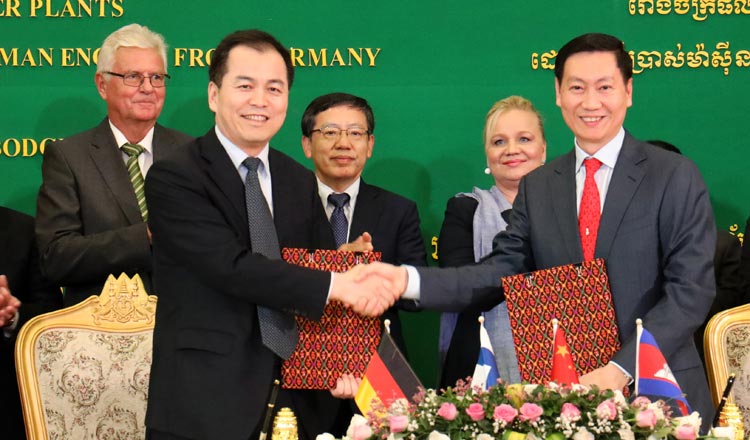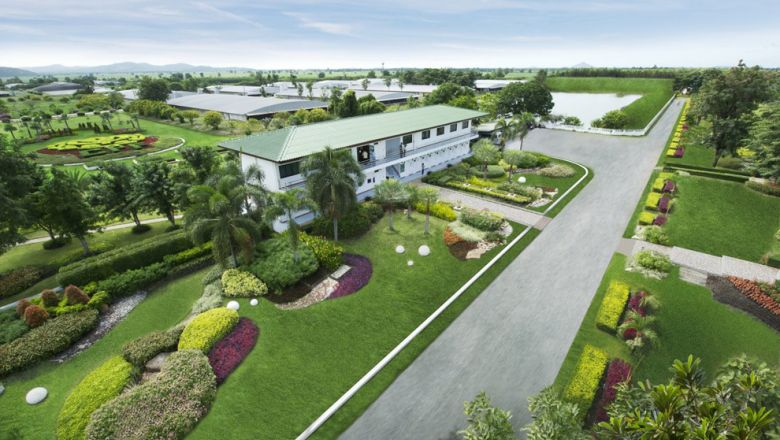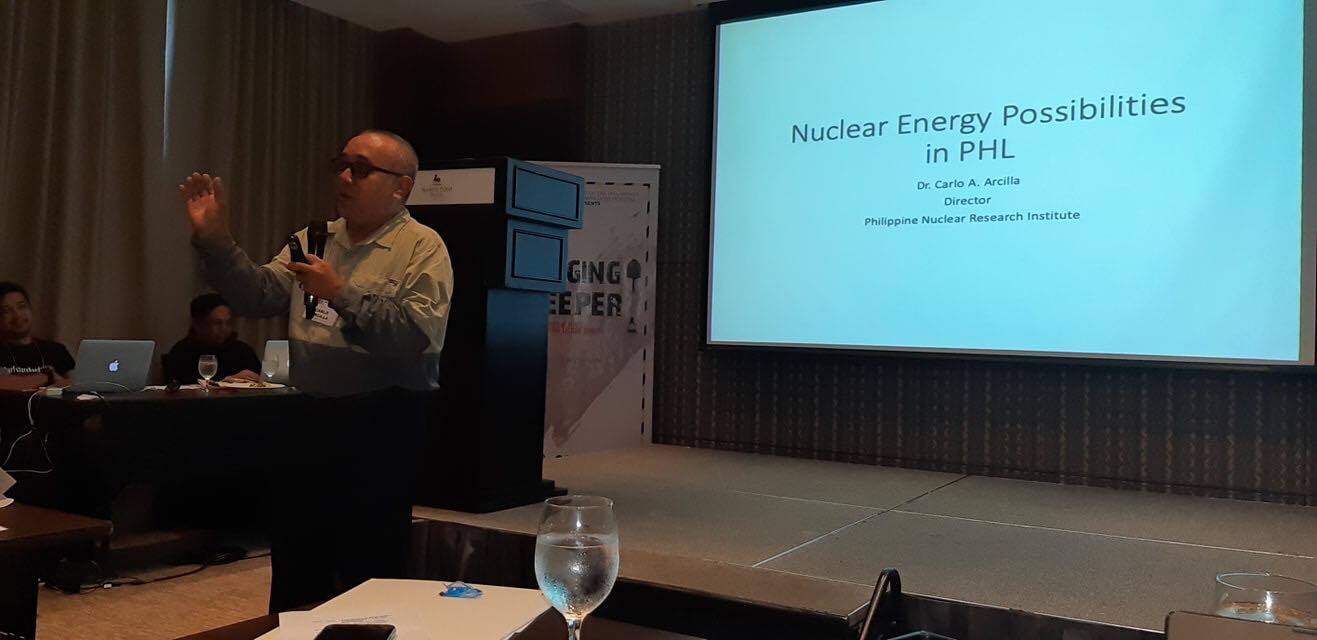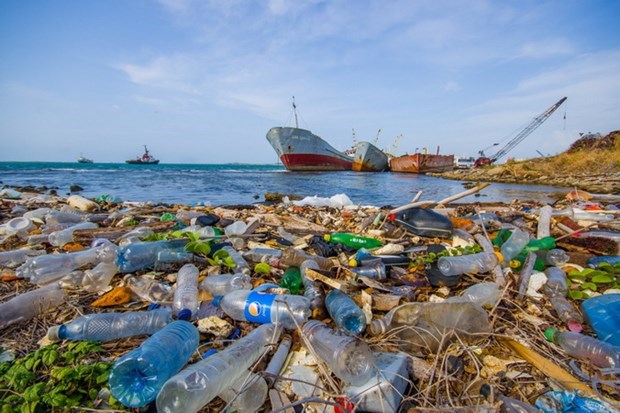- Energy Cooperation
–
- Cambodia
Electricite Du Cambodge yesterday signed an agreement with two Chinese firms to build a power facility fueled by heavy fuel oil and liquefied natural gas that will be able to generate 400 megawatts.
For in depth analysis of Cambodian Business, visit Capital Cambodia
.
The facility, which will be composed of two main plants, will be built in Kandal province’s Lvea Em district.
The agreement signing ceremony was attended by the ambassadors of China, Germany, and Finland.
Chinese firms CGGC-UN Power Co., Ltd and China National Heavy Machinery Corporation (CHMC) will build the power plants under an engineering, procurement and construction contract.
No exact date has been given as to when construction will begin, but EDC representatives have said the facility will be ready within ten months.
The project is composed of two plants. One will be powered by a 200 MW generator from Finnish firm Wartsila. This plant will be built by CGGC.
The second plant will use another 200 MW generator, this time from Germany’s Man Group, and will be built by CHMC.
There are also plans to build a substation to connect the 400 MW plant to the national grid.
Keo Ratanak, EDC managing director, said the project will cost $380 million – $300 million to be lent by the government and the rest coming from EDC’s budget.
“This plant will ensure that our energy supply is stable. It will solve our energy problems next year,” he said.
Mr Ratanak said that, to cope with the current energy crisis, the government has approved a number of solar energy projects in Kampong Chhnang, Kampong Speu, Battambang, and Banteay Meanchey provinces.
“We are preparing to combat power shortages next year,” he said.
Since power cuts began in March across the country, the government has approved several energy investments – a hydropower dam in Pursat province as well as several solar farms across the country – and increased energy imports from neighbouring countries.
According to Victor Jona, director general of energy in the Ministry of Mines and Energy, a new study shows that Cambodia has potential in wind energy, particularly in Preah Sihanouk and Mondulkiri provinces.
Last year, Cambodia consumed 2,650 MW, a 15 percent increase compared to a year earlier. 442 MW were imported from Thailand, Vietnam, and Laos in 2018.
Yesterday’s agreement comes after Prime Minister Hun Sen recently vowed to end Cambodia’s power woes.












